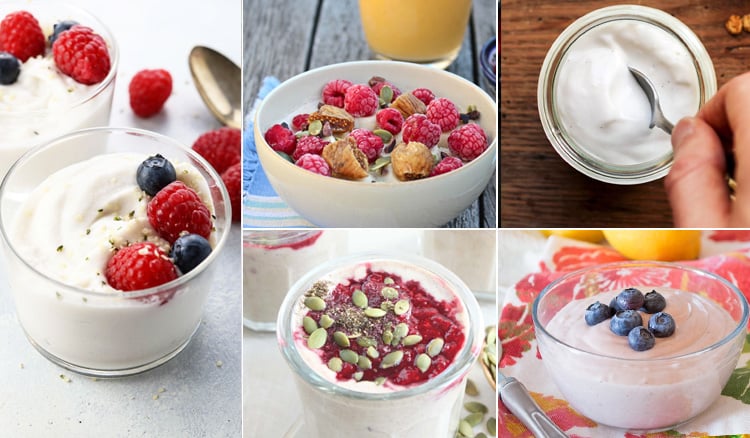Aug. 18, 2021
Gelatin is generally degraded from the collagen part of connective tissues such as animal skin, bone, muscle membrane, and muscle charm into white or light yellow, translucent, slightly glossy flakes or powder particles.
The gelatin in food applications
Confectionery
The amount of gelatin added to the candy is generally 5% -10%. In the crystal flower fondant gelatin dosage of 6% when the best effect. The amount of gelatin in gummy candies is 6.17%. In nougat is 0.16% -3% or more. In the thick syrup of candy mucilage, the amount of gelatin is 1.15%-9%.
In the production of candy, the use of gelatin is more elastic, tough, and transparent than starch and agar, especially in the application of fondant and milk sugar.
Frozen food
In frozen food, gelatin can be used as a jelly agent. Gelatin has a low melting point and is easily soluble in hot water, and is often used in making meal jelly and grain jelly.
Jelly
Gelatin jelly will not crystallize in warm and not yet dissolved syrup, and warm jelly can also re-form jelly after the clot is stirred. The British meals containing sugar jelly added 7%-14%.

Ice cream
Gelatin can prevent the formation of coarse ice crystals in the product, keep the tissue fine and reduce the melting speed, in order to obtain excellent ice cream, the amount of gelatin is generally at 1.25% - 1.6%.
Yogurt
Coagulated yogurt: The representative product is old yogurt. Coagulated yogurt is a product that is fermented without breaking the milk and the product needs to have good formability. Gelatin is used as a gelling agent in coagulated yogurt to provide a good body to the product and can usually be used with agar and pectin. Gelatin gives the product a smooth texture that, so far, products such as acid-treated starches do not provide.
Stirred yogurt: Common products on the market such as Crown Yogurt, Smooth Light and Biyao are all stirred yogurt. In these products, gelatin is mainly used as a thickening agent, and the gelatin is stirred at 65 degrees at the beginning of the process. The amount of gelatin is between 0.1-0.2%. Gelatin is able to resist homogenization and heating pressure during yogurt production, providing the right viscosity for the product.
Drinking yogurt: Drinking yogurt is made after fermentation by means of homogenization and other means to reduce the viscosity of the product. Because of the reduction in viscosity, colloids need to be used to ensure the stability of the product and reduce shelf-life stratification. Similarly, other colloids can be used to achieve this effect.